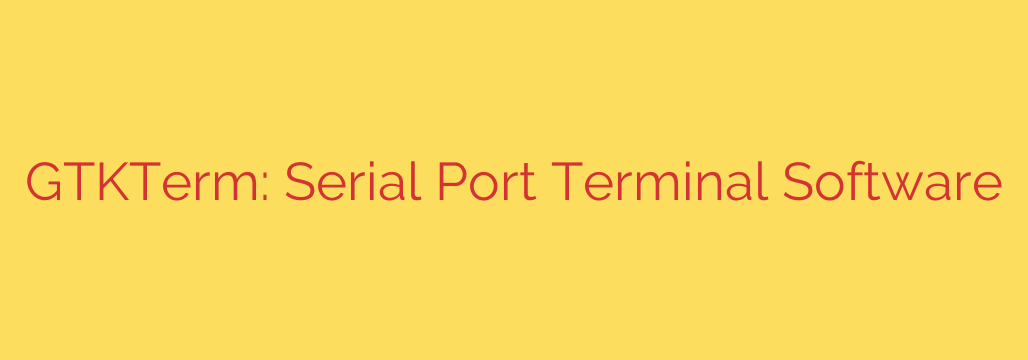
A simple yet powerful tool for interacting with devices over a serial port is crucial for developers and enthusiasts alike. One such application is a graphical serial port terminal designed for straightforward communication.
This software provides users with the essential capabilities needed to establish and manage serial connections. It allows for detailed configuration of critical parameters such as the baud rate, specifying the communication speed, along with setting the correct number of data bits, stop bits, and the desired parity setting (none, odd, even, mark, or space). Flow control options, including hardware (RTS/CTS) and software (XON/XOFF), are also configurable to ensure reliable data transfer.
A primary function is the ability to receive and display data transmitted by the connected device. This data can often be viewed in different formats, such as standard ASCII text or a hexadecimal dump, which is invaluable for debugging and analyzing communication protocols. Users can also easily send data to the device, whether it’s simple characters, strings, or more complex command sequences.
Additional practical features commonly include data logging, allowing the entire communication session to be recorded to a file for later review or documentation. The interface is typically user-friendly and intuitive, making it accessible for quick setup and use without a steep learning curve. This kind of terminal software is a staple for anyone working with embedded systems, networking hardware, modems, or any device utilizing a serial interface, offering a reliable and efficient way to communicate and troubleshoot. Its simplicity combined with core functionality makes it a highly effective tool for direct serial interaction.
Source: https://www.linuxlinks.com/gtkterm-serial-port-communication-software/








